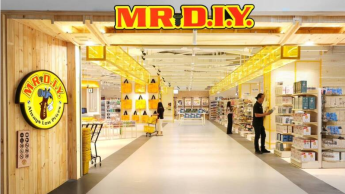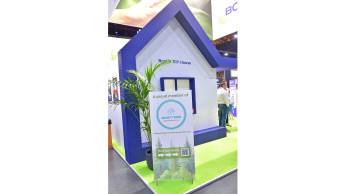NRHA estimated the United States DIY market to be $ 294.5 billion in 2008 and estimates that it dropped to $ 268.6 billion in 2009, a decline of nearly 9 per cent. Lumber/building material dealers suffered the largest declines, due to the sharp drop in housing starts and an equally sharp decline in major house remodelings and improvements.
Home center sales, including those of the world's two largest retailers - Home Depot and Lowe's -represented more than half of the DIY total, $ 178.4 billion. Those same sales are projected to have dropped to $ 167.3 billion in 2009 by the retail association.
Lumber/building material dealer sales reached $ 77.6 billion in 2008 and are projected to have dropped to $ 65.3 billion in 2009. Hardware stores, while far more numerous than either home centers or lumber/building material outlets, accounted for only $ 37.5 billion in sales in 2008, but were not suffering as much during 2009 and were projected to have sales of $ 36 billion in 2009.
The home center segment is dominated by the two large chains, Depot and Lowe's. Together, they accounted for $ 119.5 billion in retail sales. Add in an estimated $ 8 billion for privately-owned Menards, and the rest of the nation's home centers did less than $ 51 billion in 2008. Those top 3 chains operate far larger stores than do the hundreds of other home center retailers.
In fact, the top 10 retailers in the total DIY industry, though operating only 13.7 per cent of the stores, racked up 48.5 per cent of total sales.
As retailers look ahead in 2010, growth strategies for each market segment differ widely, though everyone seems to agree that consumers will be increasingly demanding.
The nation's nearly 20 000 hardware retailers are focusing on the repair/maintenance market where their qualified employees can provide the necessary information to consumers along with needed products. Home center merchants, on the other hand, are going to focus on style, design and fashion categories, recognizing that new home construction and major remodeling projects will still be restricted, but other fix-up tasks will be undertaken. Painting will be important as will DIY efforts to upgrade plumbing and electrical fixtures to improve home fashions.
Lumber/building material retailers will be trying to get more consumer DIY business as the new-home market remains in the doldrums.
An increasing number of retailers are turning to installation services as a growth opportunity. With so many workers now unemployed, they recognize that the labor pool to staff installation services has never been better.
Download:

 Menü
Menü
















